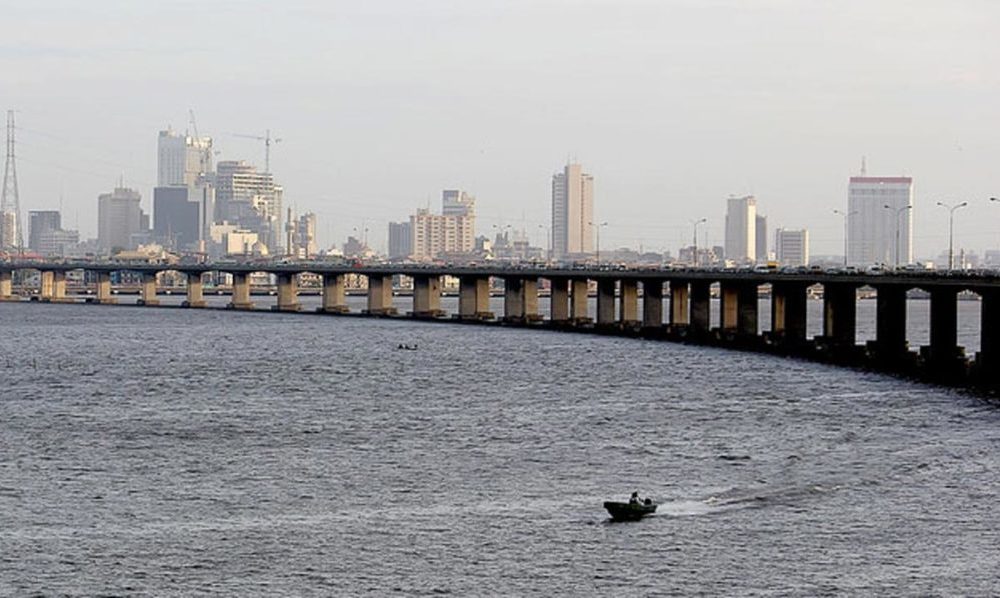Government
LASG to Commence Construction of Fourth Mainland Bridge Worth $2.5bn in 2023

Lagos State Government has declared that the construction of the long-awaited Fourth Mainland Bridge will commence in the first quarter of 2023.
Investors King gathered that the proposed bridge will be constructed at the cost of $ 2.5 billion and completed by 2027.
Ope George and Aramide Adeyoye, special advisers to Governor Babajide Sanwo-Olu, on public-private partnerships (PPP) gave the hint at the weekend having announced Messrs CCECC-CRCCIG Consortium as the preferred bidder for the construction.
Investors King reports that eight roads will be linked by the proposed fourth mainland bridge. They include: Lagos/Ibadan Expressway, Lagos/Abuja highway, Benin/Sagamu, and Igbogbo/Lagos which would be constructed through a PPP arrangement and tolled for two years.
Speaking on the details of the project, George stated that it will involve the construction and operation of a greenfield tolled road and bridge alongside adjacent real estates. Bridge users are to travel on a design speed of 120 kilometre per hour.
He noted that the bridge will become the second longest in Africa with three toll plazas, nine interchanges, a 4.5 kilometre lagoon bridge which will boost the nation’s economy.
“It is also expected to span about 37 kilometres, starting from Abraham Adesanya in Ajah, on the Eti-Osa-Lekki-Epe corridor and traverse the northwest towards the lagoon shoreline of the Lagos-Ibadan Expressway via Owutu/Isawo in Ikorodu,” he added.
Urging residents to exercise patience for the completion of the project, Adeyoye stated that the bridge will reduce traffic congestion on the existing Carter, Eko and Third Mainland Bridges.
According to Adeyoye, the bridge will open new areas of the city for developments in the future.
She said that as part of their preparations as a sensitive administration, the over 48 estates, traditional rulers and others that would be affected by the bridge have been carried along.
Adeyoye charged residents and motorists to cooperate with the contractor for a smooth and prompt construction process, adding that the negative impact of the bridge was minimal compared to its benefits.